 Fifty years ago—between June 5 and 10, 1967—the Middle East was transformed. The 1967 War (the Six-Day War to Israelis), changed the geopolitics of the region and the balance of power between its major states, with a decisive and swift Israeli victory over the combined forces of Egypt, Syria, and Jordan. It changed the ideological trends in much of the Arab world, with the perceived failure of Egyptian President Gamal Abdel Nasser’s pan-Arabism. It changed the ways in which external powers—mostly the United States and the Soviet Union—acted in the region. It changed the borders of the four countries that fought in that war, with Israel capturing the Sinai Peninsula and the Gaza Strip from Egypt, the Golan Heights from Syria, and the West Bank and East Jerusalem from Jordan. Not least, of course, the war changed the lives, politics, and societies of Israelis and Palestinians.
Fifty years ago—between June 5 and 10, 1967—the Middle East was transformed. The 1967 War (the Six-Day War to Israelis), changed the geopolitics of the region and the balance of power between its major states, with a decisive and swift Israeli victory over the combined forces of Egypt, Syria, and Jordan. It changed the ideological trends in much of the Arab world, with the perceived failure of Egyptian President Gamal Abdel Nasser’s pan-Arabism. It changed the ways in which external powers—mostly the United States and the Soviet Union—acted in the region. It changed the borders of the four countries that fought in that war, with Israel capturing the Sinai Peninsula and the Gaza Strip from Egypt, the Golan Heights from Syria, and the West Bank and East Jerusalem from Jordan. Not least, of course, the war changed the lives, politics, and societies of Israelis and Palestinians.
The anniversary is an opportunity to reflect on what these dramatic changes have meant for the region, including today as the Middle East again undergoes upheaval. Old geopolitical camps are again shifting, with Sunni Arab states like Saudi Arabia finding common cause with Israel against Iran. State boundaries are being contested, with ISIS in particular challenging the legitimacy of national borders and attempting to erase the Iraq-Syria boundary. Ideological battles rage in the Arab world, with Islamism and reactions to it haunting the politics of many countries in the region, Egypt among them. The Palestinian-Israeli conflict, moreover, continues—transformed by 1967 in ways that last to this day.
In many discussions about the Middle East outside the region, at least until recently, the Israeli-Palestinian angle tended to dominate the conversation. “Middle East peace” is often a synonym for peace among these two small nations—and this angle of 1967 certainly merits a great deal of attention. The 1967 War, however, was not actually fought between Israelis and Palestinians, nor were its consequences limited by any means to that domain.
The Center for Middle East Policy (CMEP) at Brookings, along with other colleagues from the Institution, gathered to offer perspectives on the anniversary beyond just the Israeli-Palestinian aspect. We approach these issues from different viewpoints—we often disagree on both policy and analysis, and are richer for it. Here we asked what we might learn from the regional upheaval, then, about a region again in flux today. It is an opportunity to step back from contemporary policy and the current turmoil in the Middle East, to look back at another inflection point in the region’s history and the history of U.S. involvement in it.
Accompanying this post, you will find posts by the scholars of CMEP: Dan Byman, Khaled Elgindy, Shadi Hamid, Suzanne Maloney, Will McCants, Chris Meserole, Bruce Riedel, Shibley Telhami, Tamara Cofman Wittes, and me, and by our Brookings colleagues Ranj Alaaldin, Samantha Gross, Michael O’Hanlon, and Itamar Rabinovich. You can also soon listen to a special edition of the Brookings Cafeteria podcast featuring Martin Indyk, Tamara, Shadi, Khaled, and me. Also forthcoming are brief videos with several of our scholars, as well as an Intersections podcast with Bruce Riedel and Samantha Gross.
In these posts, podcasts, and videos, experts touch on a wide set of issues relating to the legacy of 1967. We discuss, among other issues:
- The apparent breaking point of Arab secular nationalism’s heyday and the space it left for political Islam as a leading alternative force in the region;
- The end of the Arab Cold War between Egypt and Saudi Arabia, and the change in Saudi foreign policy after the war;
- The special role Syria played then and now, and the importance of the coherence, and failure, of the Syrian state;
- The changes in warfare and the emergence of international terrorism as a major Middle Eastern phenomenon following the failure of conventional force in 1967;
- The performance of U.S. intelligence in 1967 and its effect on U.S. policy toward the region;
- The role of energy as a diplomatic tool and the emergence, after 1967, of the “oil weapon”;
- The temptation after Israel’s swift, lighting-speed victory in 1967 to try to replicate it in other operations;
- The changing place of the Palestinian cause on the Arab and even non-Arab Muslim agenda, and the legacy of 1967 for Palestinians today;
- The dramatic transformation Israel underwent in the war—in its sense of security and threat assessments, its boundaries, and the dilemmas that still define its politics today; and
- The lasting effects of 1967 on all subsequent attempts at peacemaking by the United States and others.
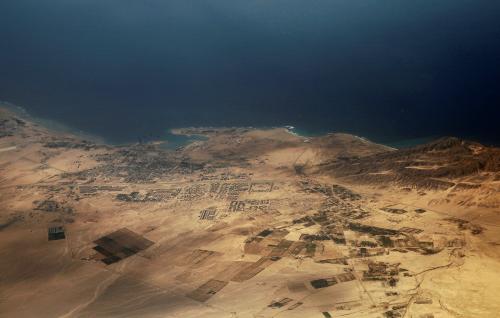
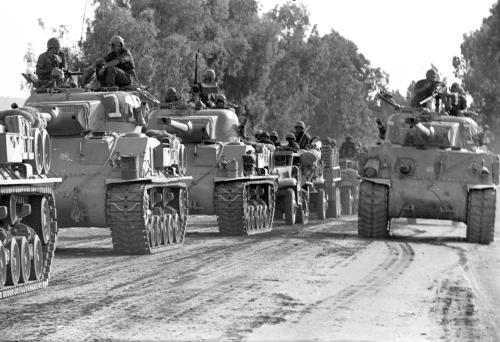
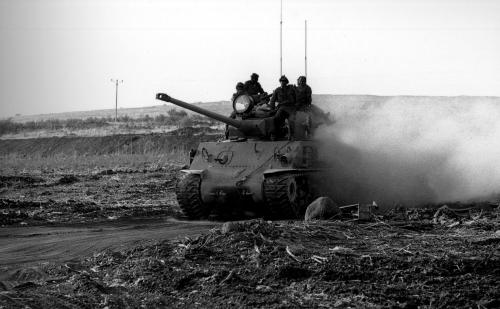
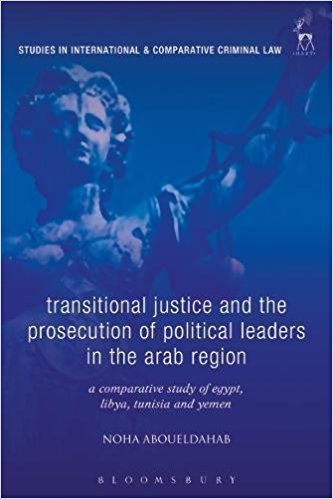
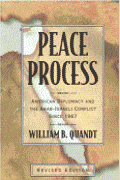
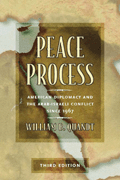




Commentary
50 years: Legacies of the 1967 War
May 31, 2017